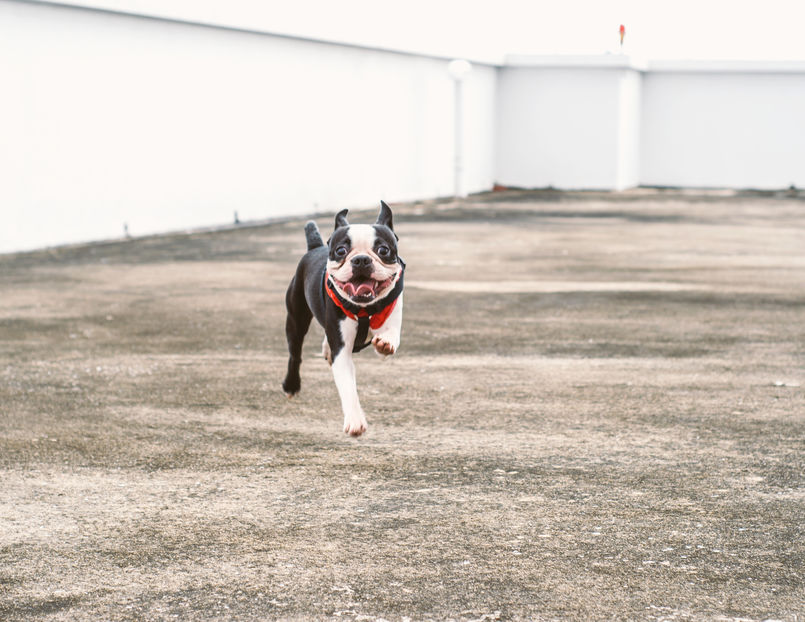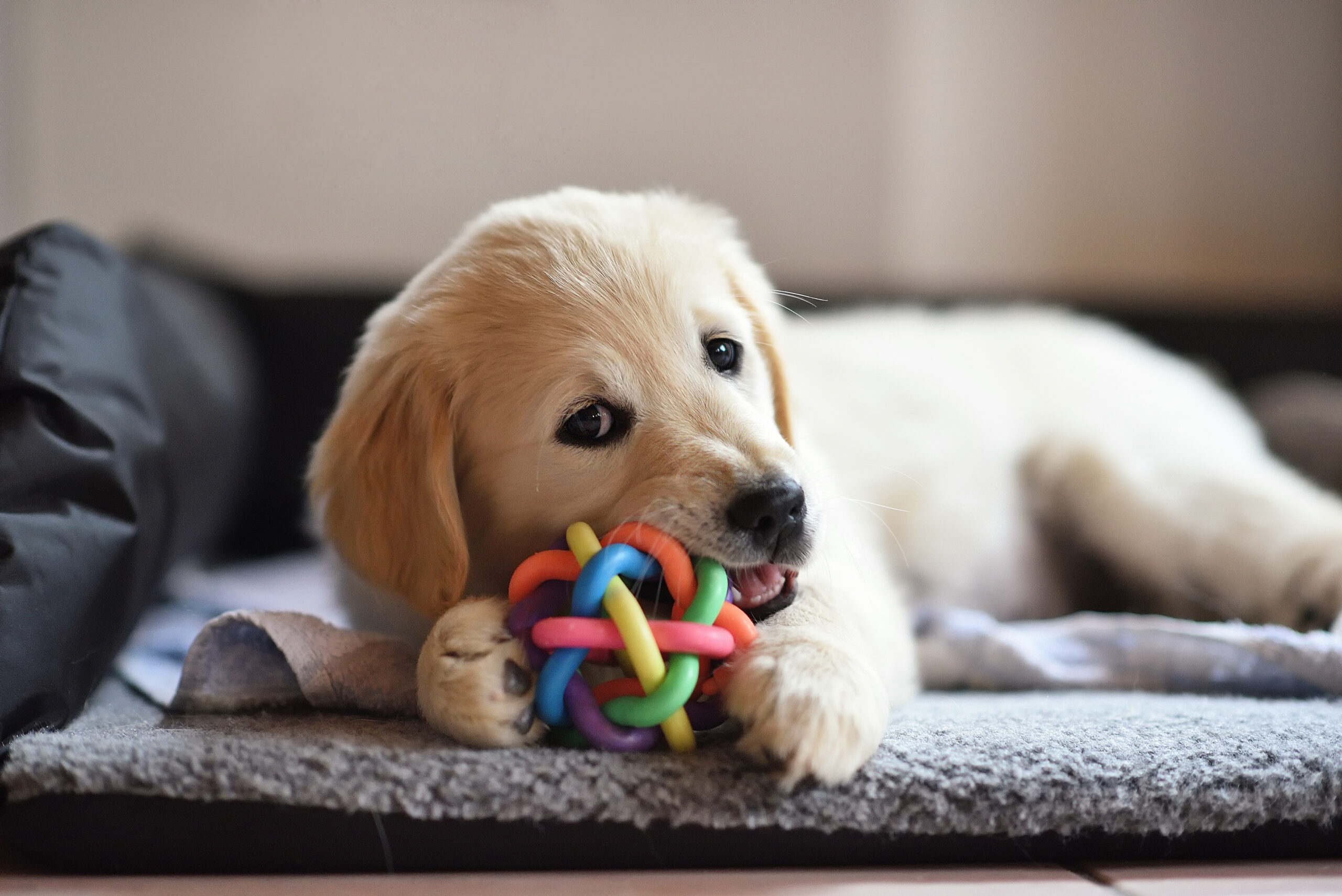Hey Ollie blog readers! We’re offering you an exclusive 60% OFF your starter box! Try now!
We’ve all been there. Some how your pup has gotten off leash and you can’t get them to trot their fuzzy little butt back to you. While it’s definitely annoying, chasing a dog around can be potentially dangerous too. They could run into the street or get into a confrontation with another dog. “If your dog knows nothing else, they need to know the “come” command,” says Scott Sheaffer, CDBC, CPDT-KA, a dog behavior specialist and founder of USA Dog Behavior.
How to Teach the Command
Teaching this technique is very easy but it requires patience and consistency, explains Sheaffer. You also need to work on off leash techniques in a safe space, not in a crowded park or near a busy road. This process has two variables: distractions and distance. Over time you’ll increase them, but be patient, it could take months.
Start out in a house with very few distractions. “We start out with one step away distance and give a treat when they come to you. Once they’ve mastered coming to you at a distance inside, move outside,” says Sheaffer. “Put the dog in a sit, stay and put a long line/leash on them and call. If they don’t come, give them a gentle tug until they come over, and then reward them.” Eventually you won’t need the line.
A trick that he likes to employ if your pup isn’t cooperating is to squat and turn sideways, the dog will almost always come over to you. Since you’re not standing up and facing forward, you look smaller and less intimidating. Whenever they come to you, reward them with a treat. The ultimate goal is to be able to call your dog and have them come if they’re off leash and in a distracting setting like a dog park.
To “proof” the command, Sheaffer likes to do a round robin. You get three people and everyone has some treats, each person calls the dog and gets them going from one person to the next, each time the dog gets a treat. Start inside, building up the distance. Then go outside, and then decrease the distance. Add more distance as the dog gets more comfortable.
Always make sure you reward your pup from coming when called. You want to start with food rewards, and then minimize them over time. “You never want to stop food rewards completely, but you can reward your dog with affection, a romp around the house, or a toy,” says Sheaffer. “When your dog does come, they’ll associate it with something good happening.”
Common Mistakes Humans Make
There are plenty of ways to mess up teaching this technique to your dog, but mostly it involves the owner not being patient enough. Like all of the other training methods we’ve covered, patience and consistency are key. “One of the common mistakes people make is not waiting long enough. People will say ‘Max, come!’ but they don’t give the dog a minute. Let them learn and figure this out. There’s no need to keep repeating yourself over and over. If the dog isn’t coming to you, then the distractions are too high or the distance is too great,” says Sheaffer.
You shouldn’t ever punish your dog if they’ve taken too long to get to you, no matter how far they’ve gone. They’ll start to associate coming up to you with punishment. It’s also really important to be consistent. Standardize the cue so that everyone in the family is using the same word, it doesn’t have to be come. “The way I like to train is to say the dog’s name with the command, so you’re telling the dog that this command is for them and that they need to listen,” explains Sheaffer. The way you say the cue is important too. You want it to inflect up at the end as a signal to the dog that it’s a friendly command. Dogs can read intonation. Get it right, though, and this simple command will help you keep your sanity while also keeping your dog safe.
Tagged As:

The nutrition your dog needs,
the food they want.

Enjoying our articles? Subscribe our Newsletters and get new articles directly to your inbox
You might also like
13 May 2025
8 MINS READ
Puppy Training Guide & Behavior Timeline
Bringing home a puppy is pure magic. It’s also pure chaos—tiny teeth, zoomies, accidents in the house, and moments that make you wonder if you’re raising a future genius or a tiny tornado. …
by Ollie Pets
10 May 2025
12 MINS READ
New Puppy Checklist: Guide To Prepare For A New Dog
Bringing home a new puppy? This checklist covers everything new dog owners need—from essential supplies to training, feeding, and first vet visits.
by Ollie Pets
3 April 2025
9 MINS READ
Home Remedies for Fleas on Dogs: 10 Natural Ways That Actually Work
Wondering what kills fleas on dogs instantly and naturally? If your pup is scratching like crazy, it may be time to take action. In this guide, we’ll show you the most effective home remedies for…







